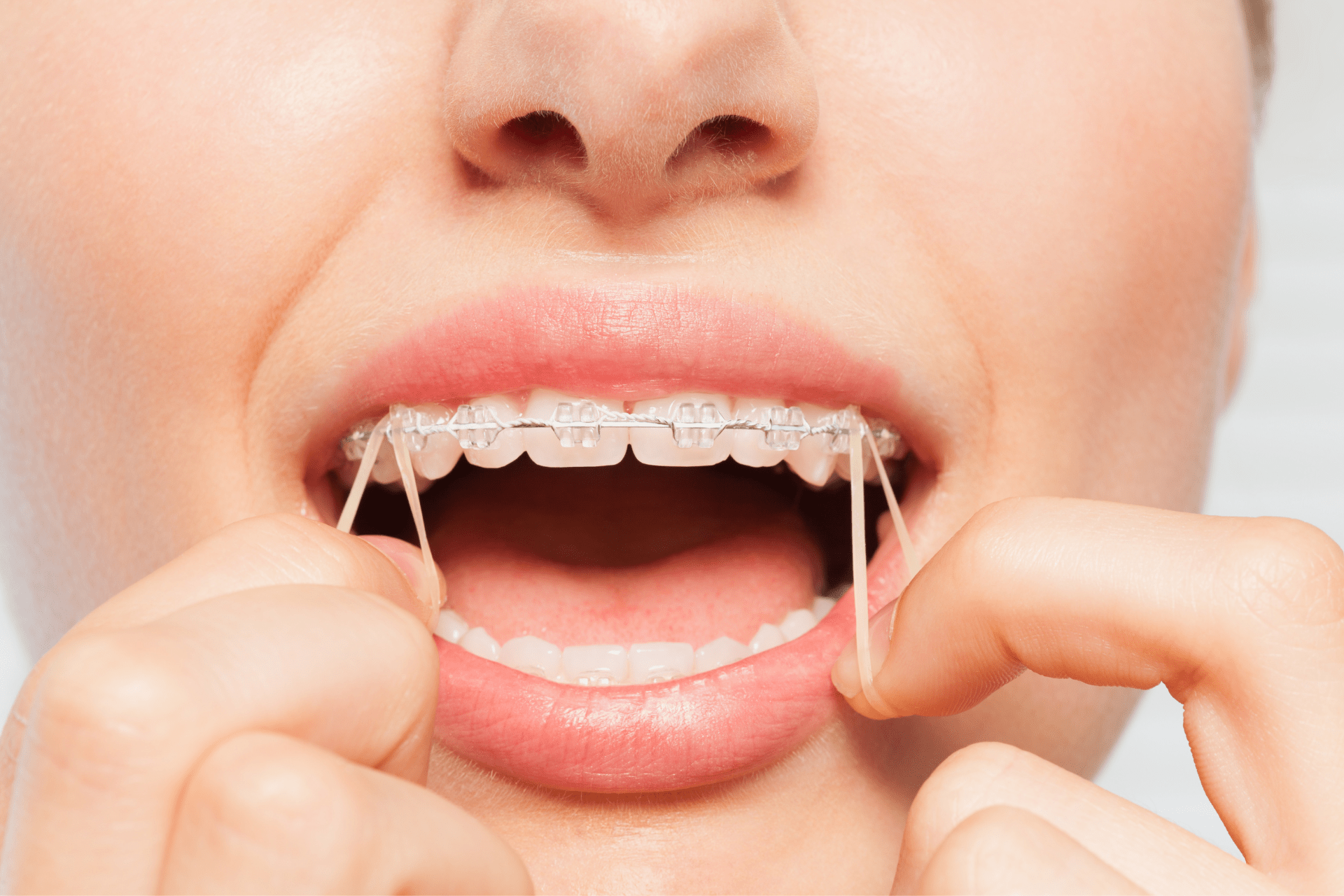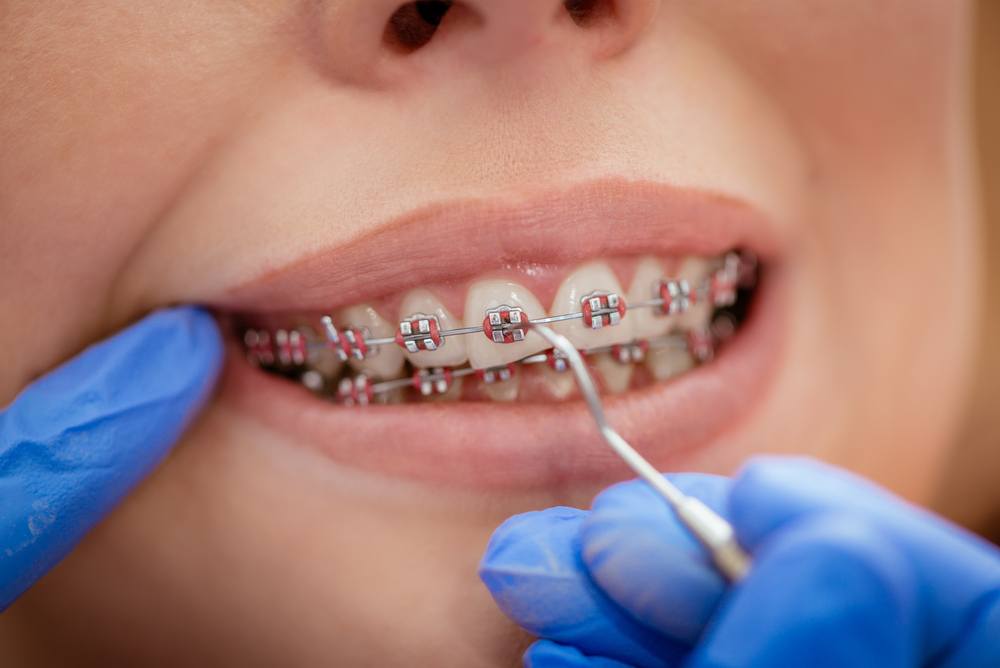Comprehensive Overview to Orthodontics Treatments for Remedying Oral Imbalances
In the world of orthodontics, the trip to accomplishing a perfectly straightened smile entails a myriad of treatments customized to fix dental misalignments. From standard braces to invisible aligners and even surgical alternatives, the field of orthodontics offers a variety of services to deal with varying degrees of dental irregularities. Recognizing the ins and outs of each treatment, including their mechanisms, advantages, and prospective disadvantages, is important in making educated decisions about one's orthodontic treatment. As we browse via the comprehensive guide to orthodontic procedures for dealing with dental misalignments, the elaborate information of each method will unravel, shedding light on the path towards a practical and harmonious oral placement.
Orthodontic Procedures Overview

Regular modifications and tracking are crucial parts of orthodontic therapy to make sure progression is on track and to make any type of required alterations along the method. By undertaking orthodontic procedures, individuals can not only accomplish a straighter grin but also boost their overall dental wellness and feature.
Traditional Braces: Exactly How They Function
When taking into consideration orthodontic treatments for dental imbalances, typical dental braces stand apart as a time-tested technique for fixing teeth positioning. Traditional dental braces contain brackets, cords, and bands that work together to use constant pressure on the teeth, gradually relocating them into the wanted positioning. The brackets are affixed to the teeth utilizing a special adhesive, and the cords are threaded with the brackets. By readjusting the tension of the cords, orthodontists can manage the direction and pressure related to each tooth, assisting them into correct positioning over time.
One key element of how standard braces job is the process of bone makeover. As stress is applied to the teeth via the braces, the bone bordering the teeth is reshaped to sustain the brand-new tooth placements. This renovation is essential for the lasting stability of the corrected positioning. Individuals will certainly need normal adjustments at the orthodontist's workplace to ensure the braces remain to use the appropriate pressure for efficient teeth movement.
Invisible Aligners: Pros and Cons
Undetectable aligners supply a convenient and discreet option to standard dental braces for dealing with oral imbalances. These clear, custom-made trays are practically unnoticeable when used, making them an appealing choice for individuals seeking a more visually pleasing orthodontic treatment. One of the primary benefits of invisible aligners is their removability, permitting less complicated upkeep of dental hygiene compared to conventional dental braces. Individuals can eliminate the aligners before eating or brushing their teeth, decreasing the risk of food obtaining embeded the device and directory streamlining the cleansing process.

Surgical Orthodontic Options
Surgical treatments in orthodontics present practical choices for resolving complex dental misalignments that may not be successfully dealt with via conventional orthodontic treatments. While standard dental braces and unseen aligners can fix lots of orthodontic problems, particular instances require surgical intervention to achieve optimal outcomes. Surgical orthodontic options are generally suggested for serious malocclusions, considerable jaw inconsistencies, and situations where the underlying bone framework needs modification to achieve correct alignment.
One usual medical orthodontic procedure is orthognathic surgical treatment, which involves rearranging the jaws to correct useful concerns such as trouble speaking or chewing. This surgical procedure is frequently done in partnership with an orthodontist who helps align the teeth prior to and after the treatment. Surgical orthodontics might also involve procedures to subject impacted teeth, remove excess gum cells, or reshape the jawbone to develop a more harmonious facial account.
Before taking into consideration surgical orthodontic options, patients undertake an extensive examination to figure out the requirement and possible benefits of such search for dentist near me interventions. cumming orthodontics. While surgery may appear overwhelming, it can considerably improve both the function and appearances of the smile in instances where traditional orthodontic therapies fail
Retainers and Post-Treatment Care

Post-treatment treatment involves complying with the orthodontist's guidelines vigilantly. This might consist of proper dental health practices, going to follow-up visits, and putting on the retainers as prescribed. Failure to abide with post-treatment treatment instructions can lead to regression, where the teeth progressively return towards their original placements. Regular retainer wear, good oral hygiene, and routine oral examinations are essential for keeping the results accomplished with orthodontic surgical treatment and guaranteeing the long-lasting security of the corrected oral positioning.
Conclusion
In conclusion, orthodontic treatments offer numerous options for remedying dental imbalances. Surgical orthodontic options are available for more serious misalignments. In general, orthodontic procedures can effectively enhance dental health and wellness and visual appearance.
As we browse through the thorough overview to orthodontic procedures for dealing with dental misalignments, the complex information of each method will certainly unfold, losing light on the course towards a unified and functional dental alignment. - cumming braces
One of the most usual orthodontic treatments is the usage of dental braces, which are composed of metal braces and cords that apply mild pressure to slowly move teeth into the desired setting.When taking into consideration orthodontic treatments for oral imbalances, traditional dental braces stand out as a tried and true technique for fixing teeth placing. Additionally, unnoticeable aligners might not be suitable for intricate orthodontic problems that need even more considerable teeth movement, as they are usually suggested for light to moderate situations. Retainers are personalized orthodontic gadgets created to hold teeth in their corrected positions after the completion of orthodontic treatment.